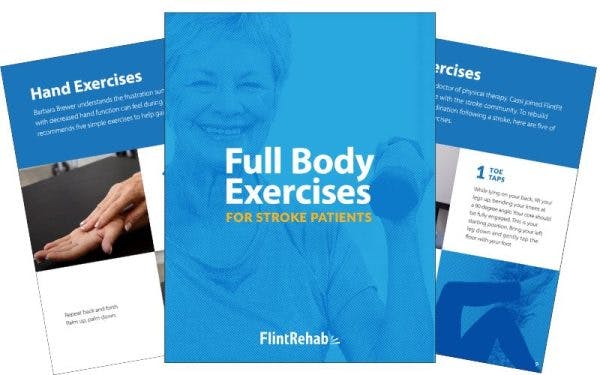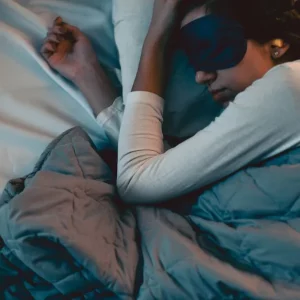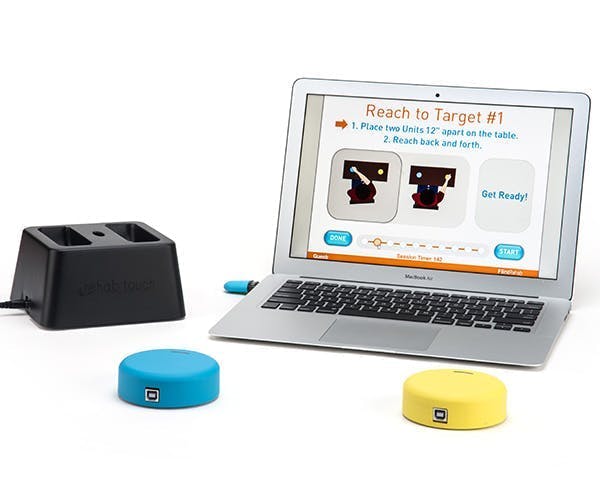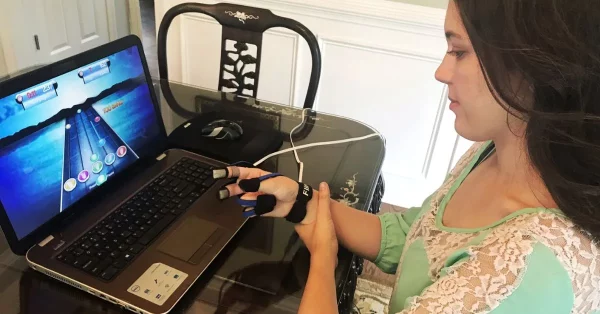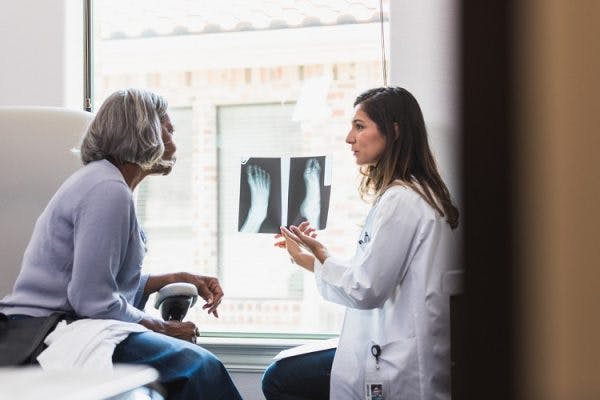Life after a stroke can feel full of adjustments, especially when one side of the body is weaker or less responsive. Tasks that once felt automatic like cooking, dressing, or using a phone may suddenly take more thought and creativity. While these challenges are real, many survivors discover clever one handed life hacks that can help them adapt and make daily routines easier.
This guide shares thirty practical one handed life hacks to help you save time, reduce frustration, and feel more independent. Each idea focuses on small, realistic strategies you can use right away in your daily life.
Let’s dive in!
Tap a link below to jump directly to a section:
Simplifying Bathing and Grooming
Driving and Transportation Support
Hobbies and Leisure Activities
Using Adaptive Equipment at Home
Energy Conservation Strategies
Why One Handed Hacks Matter
When one hand is affected by weakness, stiffness, or loss of coordination, even basic activities can seem overwhelming. Learning to adapt with one hand isn’t just about getting things done. It’s about regaining confidence, reducing stress, and keeping life moving forward.
One handed hacks allow you to:
- Complete tasks more quickly without needing constant assistance.
- Conserve energy for therapy and recovery.
- Stay engaged in meaningful activities like cooking, grooming, or hobbies.
While some individuals may be able to regain use of their affected hand over time, these hacks make life easier as you are recovering. While using your affected hand as much as possible is essential for recovering functions, it is also helpful to have alternative strategies to use in order to optimize independence.
Now let’s explore 30 practical one handed hacks that can make a huge difference in your life and overall independence!
Dressing Made Easier
Getting dressed often feels like one of the biggest hurdles after a stroke. Buttons, zippers, and socks aren’t designed with one hand in mind. But here are a few tricks that can help:
- Button hooks and zipper pulls: These inexpensive tools let you secure clothing using one hand.
- Elastic waistbands, no-tie elastic shoelaces, and Velcro shoes: Swapping traditional fasteners for easier alternatives can save time and energy.
- Dress the affected side first: Sliding your weaker arm and/or leg into clothing before your stronger one prevents fabric from bunching and makes the process smoother. When undressing, it can also be helpful to undress the affected arm/leg last, after the stronger side. The saying “in first, out last” can help you remember this.
Choosing adaptive clothing can also lighten the load and there are plenty of stylish options specifically designed for one handed dressing.
Cooking Without the Hassle
The kitchen can feel intimidating when one hand isn’t as strong or coordinated. Thankfully, many survivors thrive by making simple adjustments:
- Non-slip mats: Place them under bowls or cutting boards to keep items stable while you stir or chop.
- One-handed cutting boards: These often come with raised edges or spikes that hold food in place.
- Lightweight cookware: Using lightweight cookware can allow you to more easily lift pots and pans from the stove with one hand.. Additionally, tools such as a folding pan holder can help stabilize pans on the stove for stirring and mixing ingredients.
Batch cooking or prepping meals in advance can also reduce fatigue and make eating healthier much easier.
One Handed Eating Tools
Mealtime should be enjoyable, not stressful. Adaptive utensils can help you stay independent at the table:
- Rocker knives: Allow you to cut food with a simple rocking motion.
- Built-up handles: Thicker grips make forks and spoons easier to control.
- Plate guards or scoop plates: These keep food from sliding off the edge, making it easier to gather bites.
Even something as simple as using a straw or a lidded cup can help prevent spills and boost confidence.
Simplifying Bathing and Grooming
Personal care is another area where independence makes a huge difference. Some helpful hacks include:
- Electric toothbrushes and razors: Reduce the effort needed and allow for better control with one hand.
- Pump dispensers: Switch out shampoo bottles and lotions for pump versions that can be managed with a single squeeze.
- Long-handled sponges: These make it easier to reach every part of your body without twisting or straining.
Setting up a shower chair or grab bars can also provide safety while allowing you to focus on grooming instead of balancing.
Phone and Technology Tricks
Technology can be a powerful ally when used the right way. Many smartphones and devices already include features that make one-handed use simpler:
- Voice commands: Use assistants like Siri, Alexa, or Google to send texts, make calls, or search online.
- Stylus pens: These allow precise navigation without struggling to tap with a finger.
- Accessibility settings: Increase font sizes, activate one-handed keyboards, or enable predictive text to reduce typing effort.
You can also place your phone on a stand to make video calls easier without having to hold the device.
Household Shortcuts
Keeping up with chores may seem tiring, but small changes go a long way:
- Lightweight cordless vacuums: Easier to maneuver with one hand compared to heavy upright models.
- Robot vacuums or dishwashers: If possible, let technology handle repetitive tasks while also saving your energy for other activities.
- Magnetic clips and hooks: Keep household items like keys, scissors, or pens in easy-to-reach places.
Streamlining your environment reduces the number of steps required and saves valuable energy.
Driving and Transportation Support
Regaining mobility outside the home is key for independence. Depending on your recovery progress and medical clearance, driving may still be possible:
- Car adaptations: Steering wheel knobs, hand controls, or modified gear shifters make one-handed driving safer.
- Ride services: Apps like Uber or Lyft can fill gaps when driving isn’t an option.
- Public transit apps: Many offer real-time schedules and route planning so you can travel without stress.
Driving can be both physically and cognitively demanding. Talk to your doctor and/or an occupational therapist before returning to driving to ensure you are ready. There are driving simulators and specific driving therapy programs that can help with relearning how to drive after a stroke. With the right modifications, it can be both safe and empowering.
Hobbies and Leisure Activities
Reclaiming hobbies is more than just fun. It helps with overall mood and emotional well-being. Whether it’s painting, gardening, or playing music, you can adapt activities to suit one hand:
- Adaptive gardening tools: These feature curved or enlarged handles for better grip.
- Modified art supplies: Stabilize canvases or use one-handed clamps to hold materials in place.
- Music adaptations: Tools like MusicGlove or special instrument supports allow survivors to continue expressing themselves through music.
Finding creative ways to stay engaged is just as important as managing daily responsibilities.
Using Adaptive Equipment at Home
A wide range of adaptive tools are designed with stroke survivors in mind:
- Reachers and grabbers: Help pick up objects without bending or straining.
- Jar, can and bottle openers: Electric or manual devices that stabilize and open containers with ease.
- Slip-resistant rugs and mats: Add safety while moving around the house.
Even simple items like Velcro straps or elastic laces can reduce frustration when completing daily routines.
Energy Conservation Strategies
Perhaps the most valuable hack is learning to manage your energy wisely. Fatigue is one of the most common post-stroke challenges, and conserving energy ensures you have enough for what matters most:
- Break tasks into steps: Instead of cleaning the whole kitchen, tackle one counter at a time.
- Plan ahead: Group tasks so you don’t need to move back and forth unnecessarily.
- Rest without guilt: Short breaks help prevent burnout and improve focus.
Using one-handed hacks isn’t just about convenience but about preserving energy for recovery, relationships, and activities that bring you joy.
Final Thoughts
Life after a stroke requires patience, resilience, and adaptation. These aren’t meant to be shortcuts for recovery, but they are powerful tools to help you regain independence and confidence.
The key is to experiment with different strategies and discover what fits best into your lifestyle. Over time, these hacks can turn daily struggles into manageable routines, helping you focus on recovery and the activities that bring meaning to your day.

